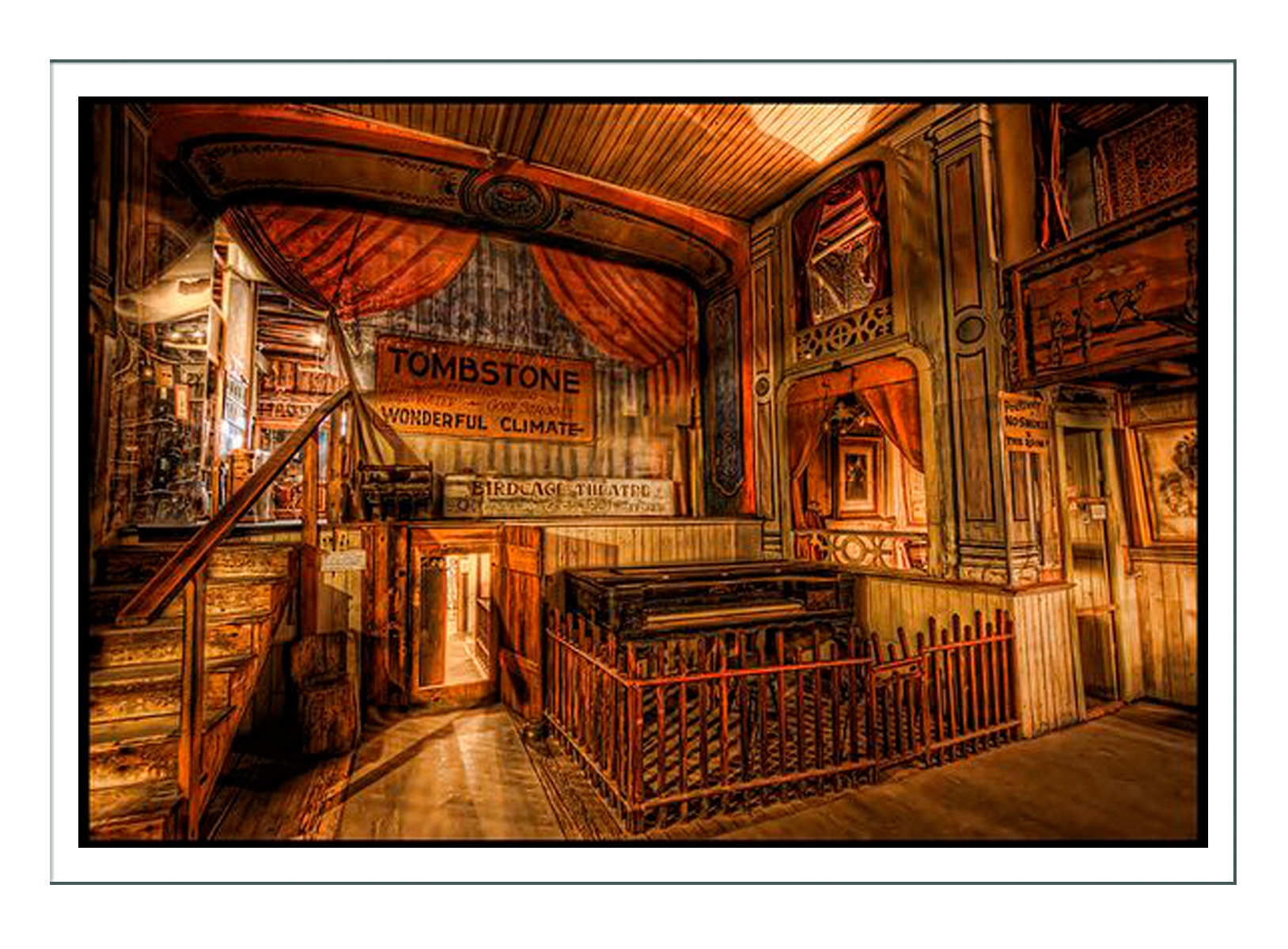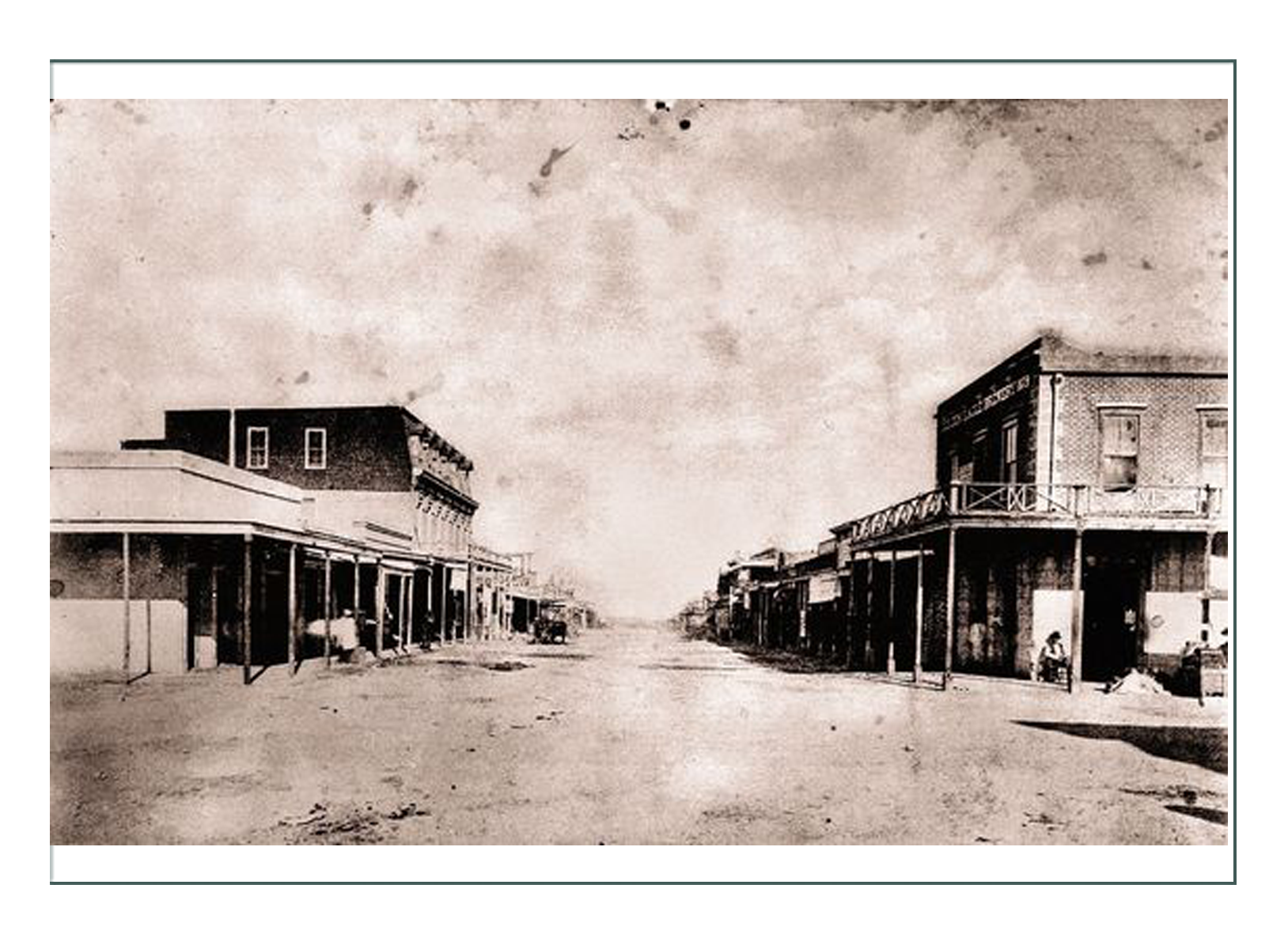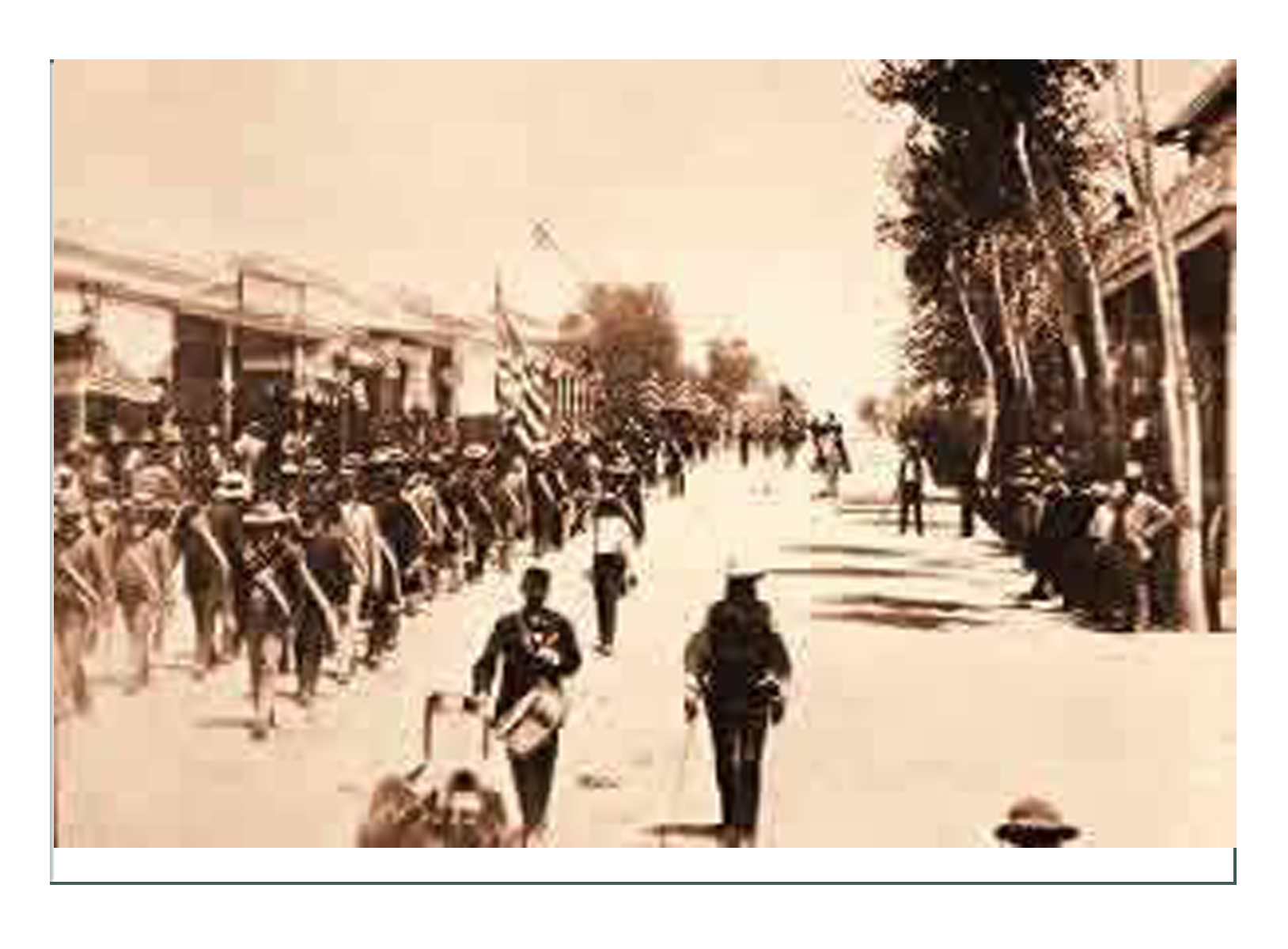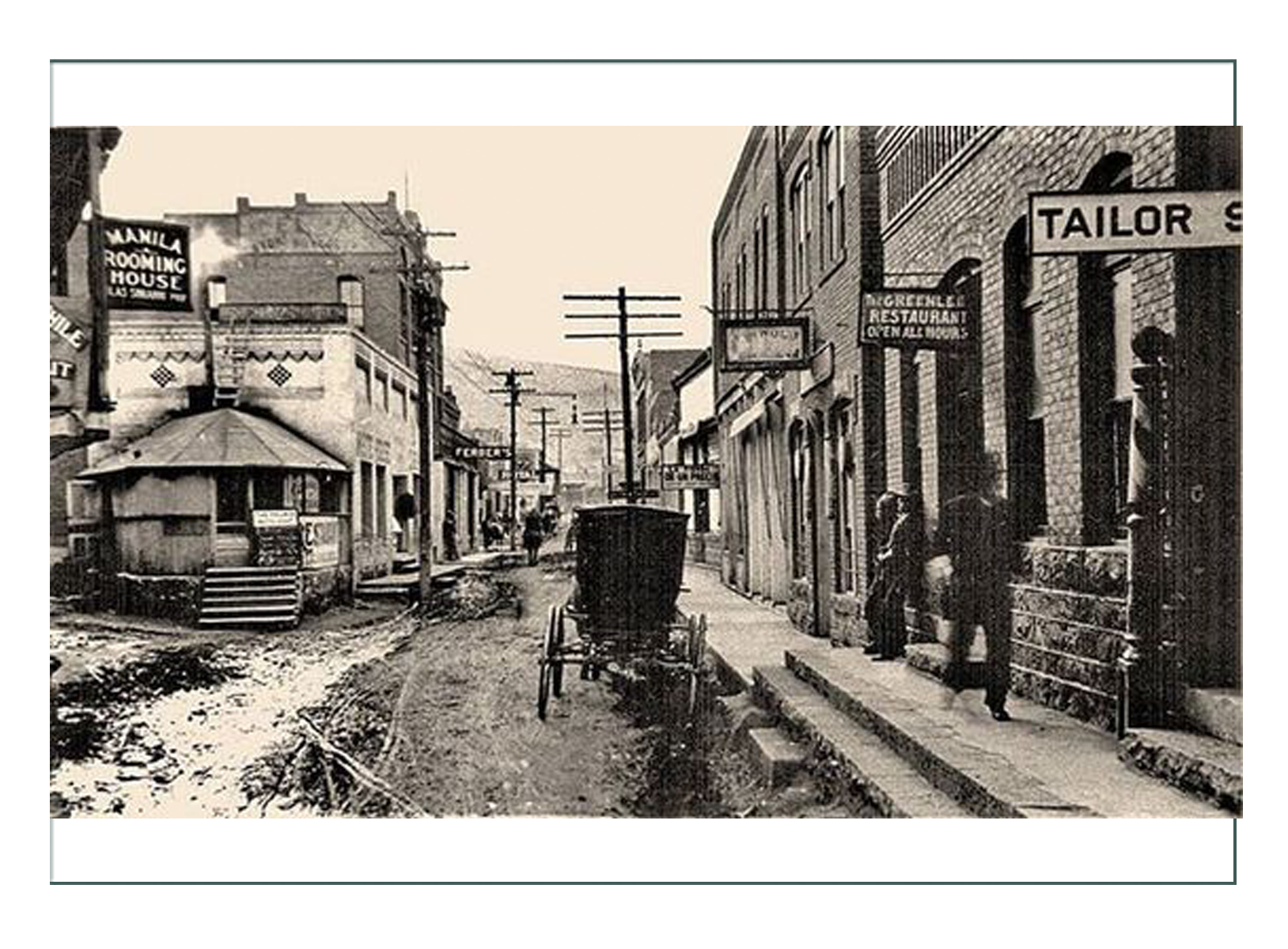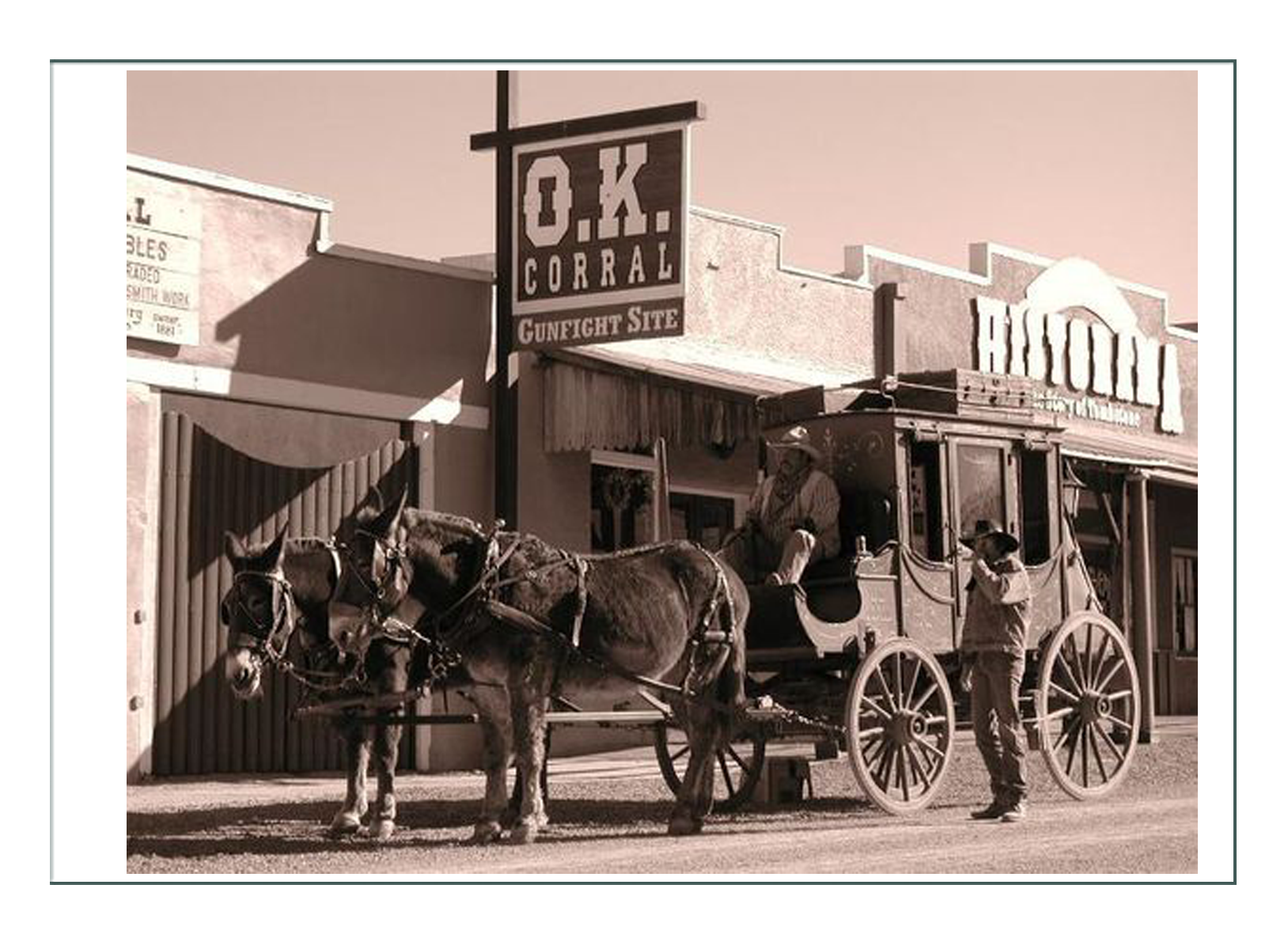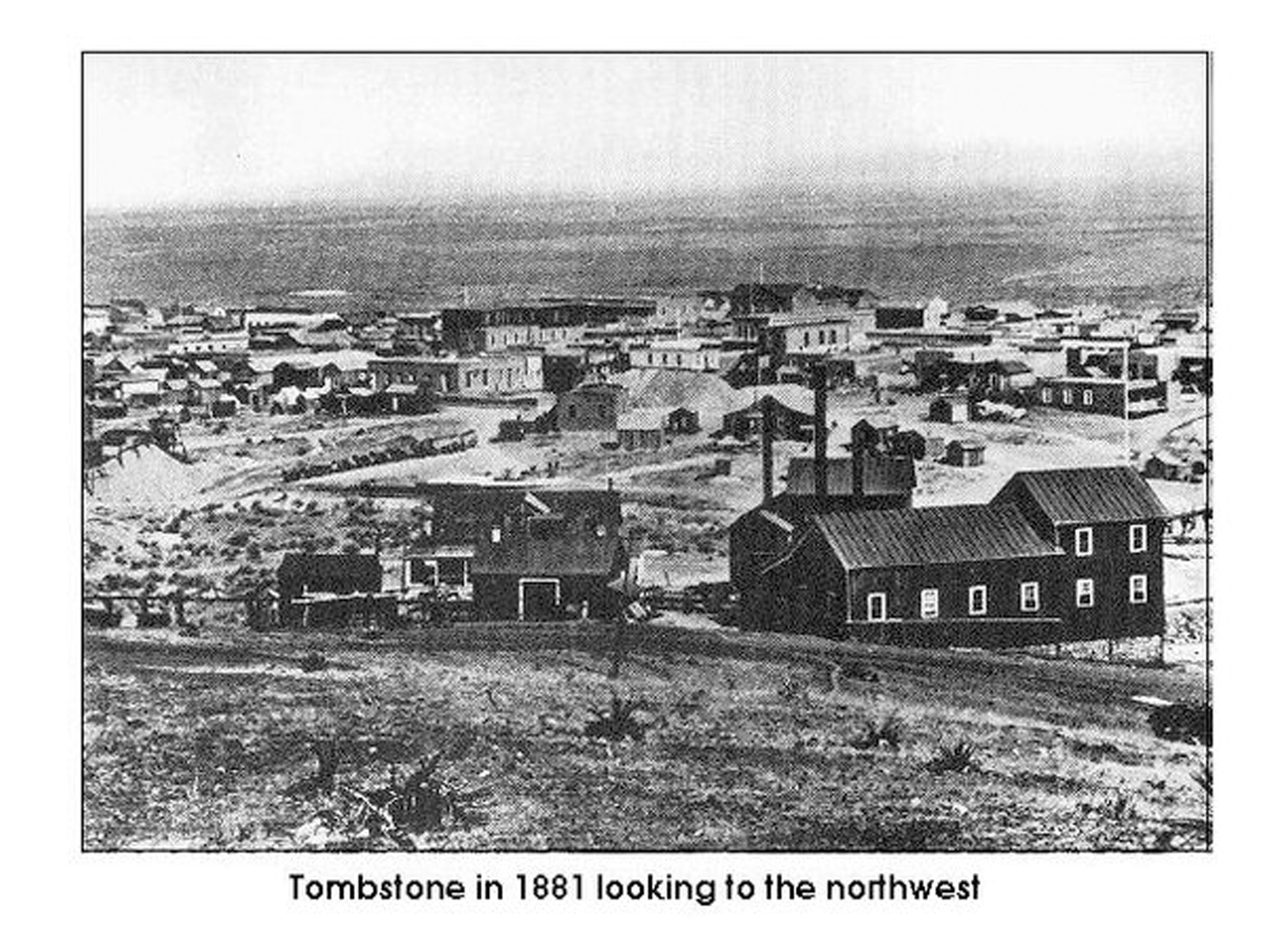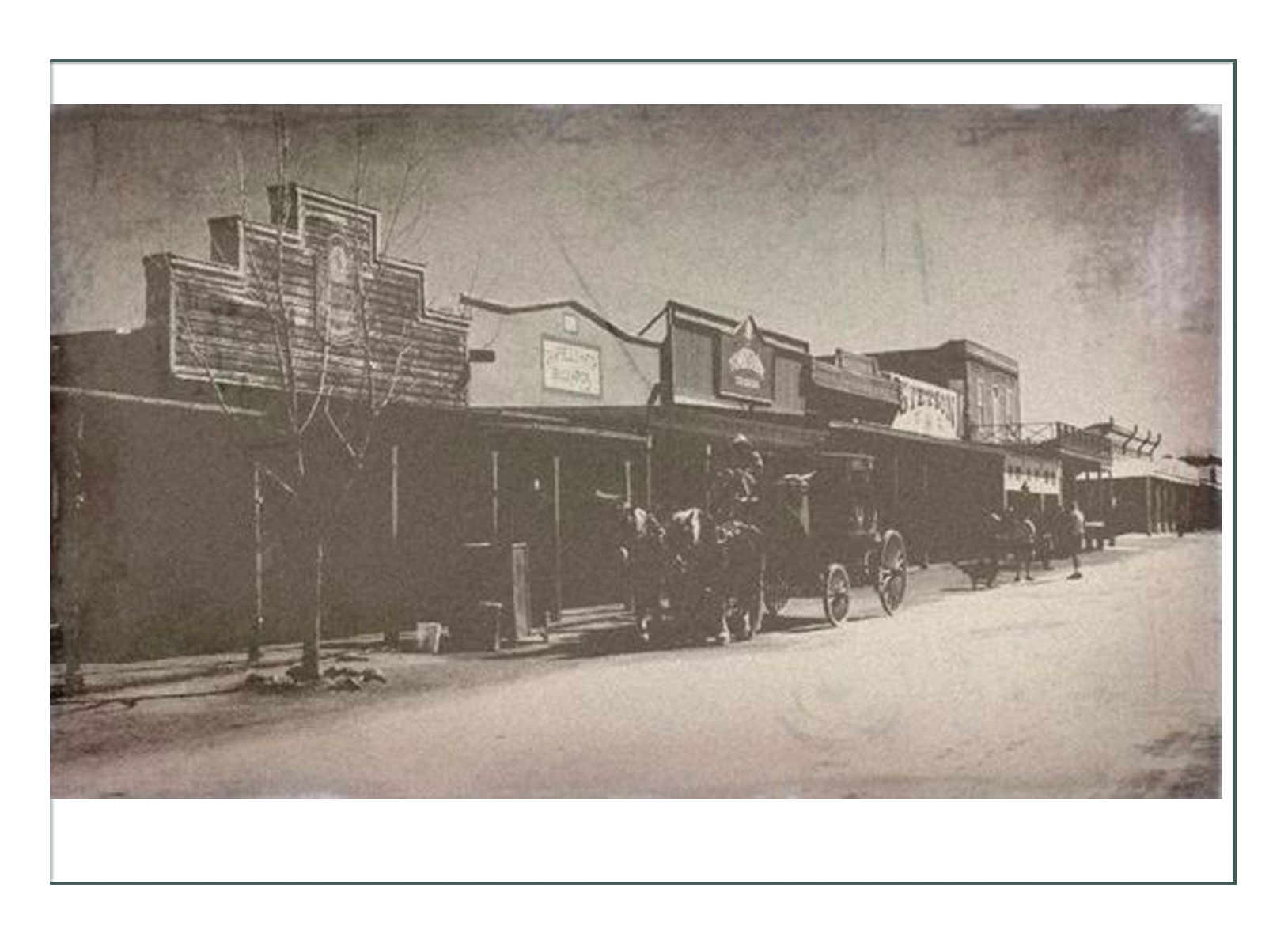
The event was in Tombstone, Arizona, which is preserved in close to its historic appearance:
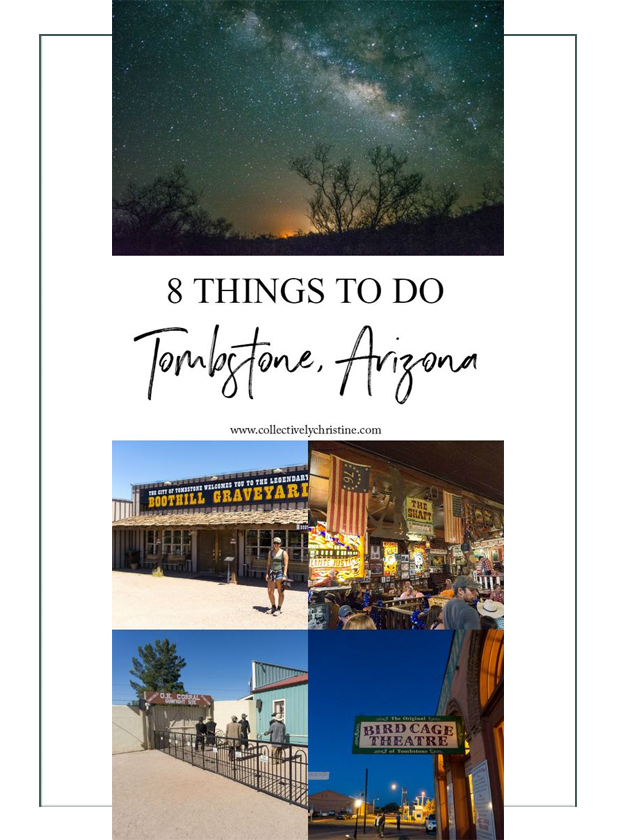
“A Cult of Beauty”
It was the end of Queen Victoria’s time, & as the powerful empires of the world became settled & innovation & technology advanced, women found themselves with more choices than ever. While the everyday woman wore whatever was practical to her position, those positions varied greatly, & so did the choices. Three strong fashion movements rose in contradiction to each other: the “Cult of Beauty/Tailor Made” with its designer dictates for rigid corsetry & huge bustles, the “Aesthetics” who removed all structures & let the hair frizz free, & the “Mass Produced” simple & functional apparel for the new, working woman.
 —— PORTRAITS OF REAL WOMEN OF ERA ——
—— PORTRAITS OF REAL WOMEN OF ERA ——
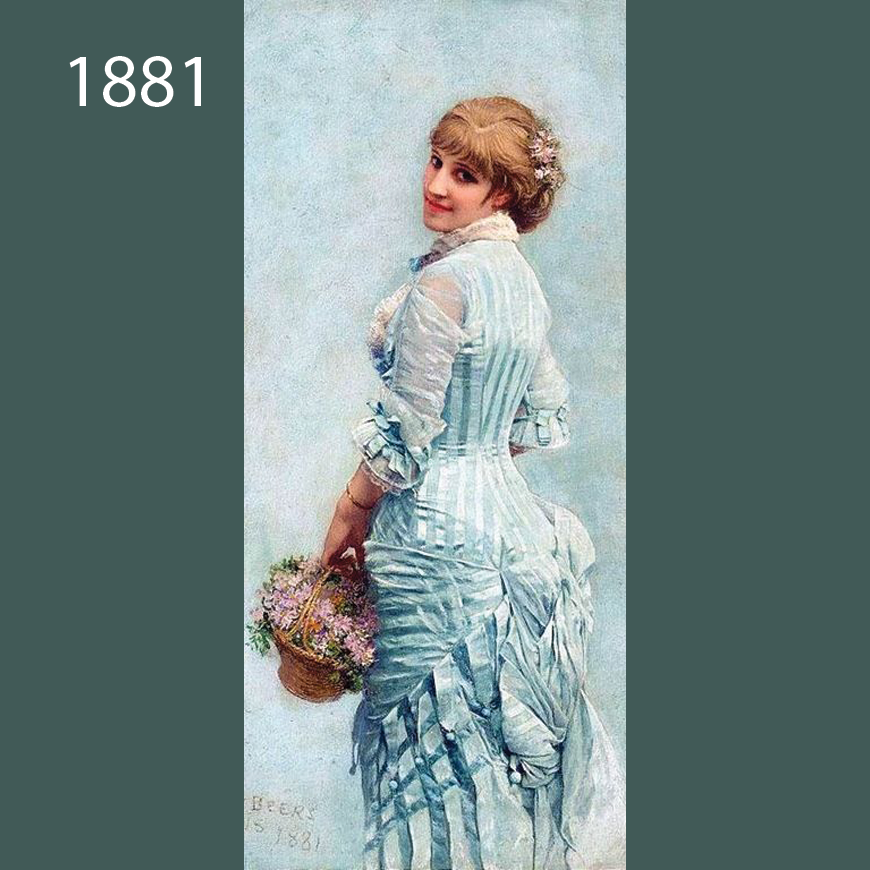
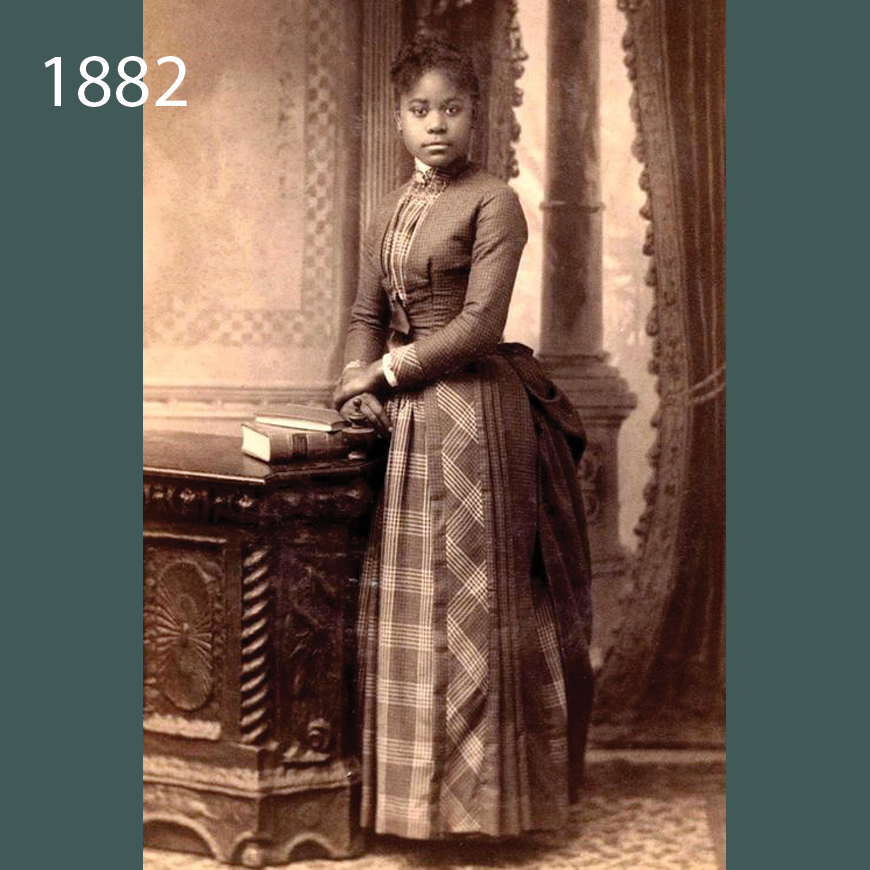
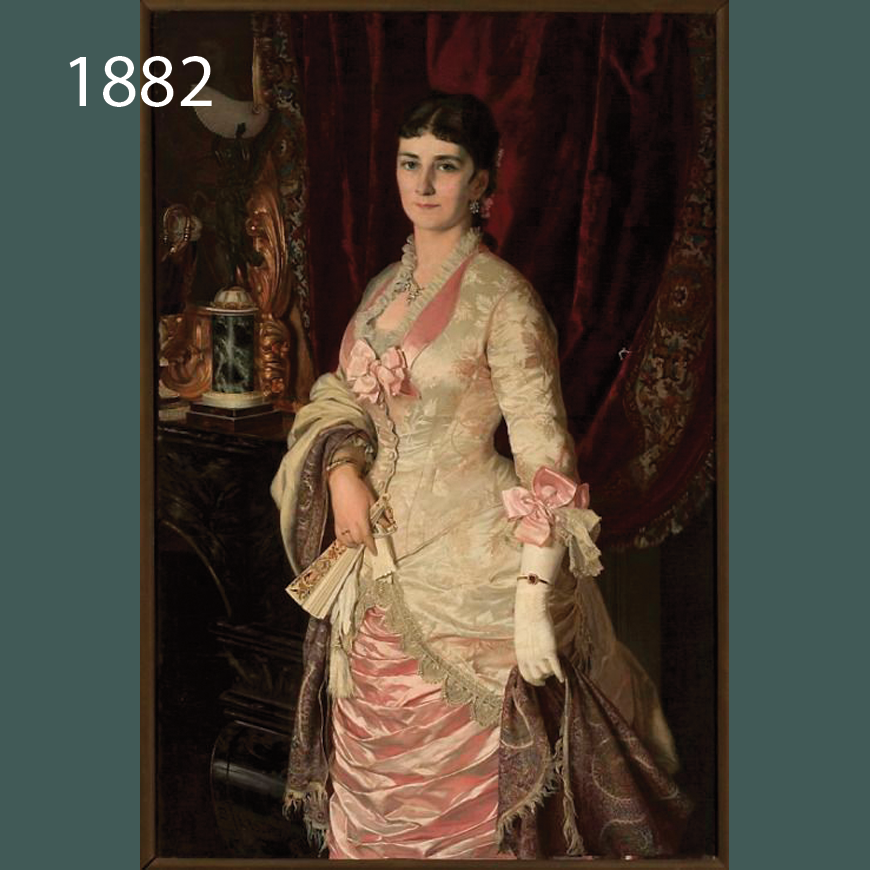
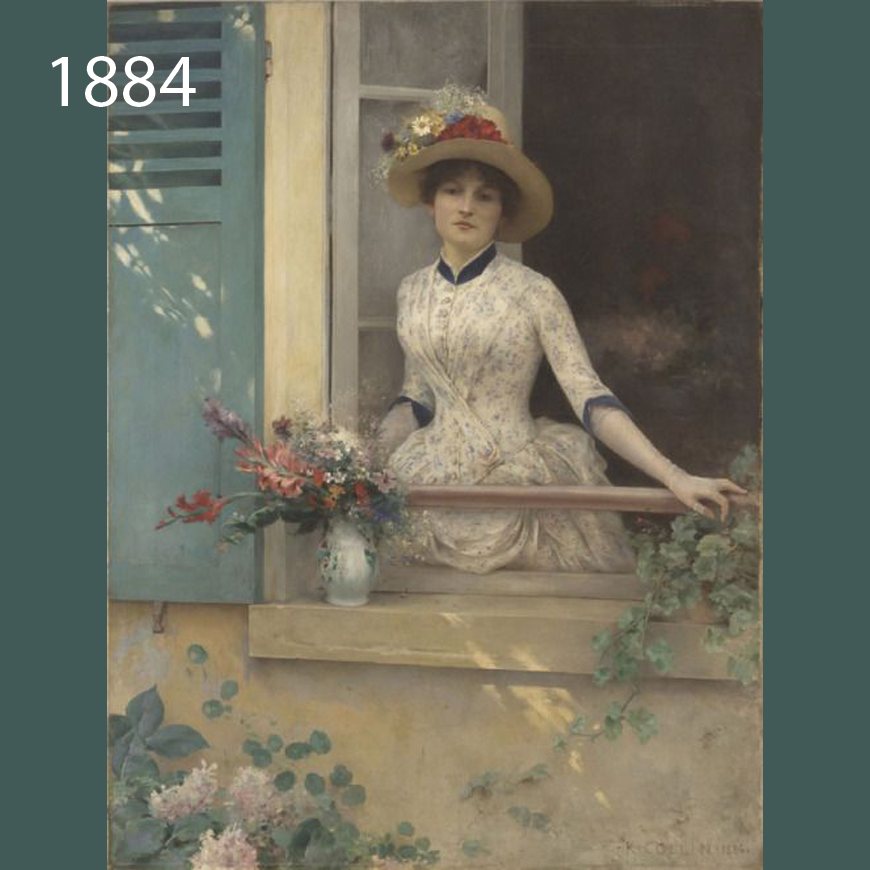
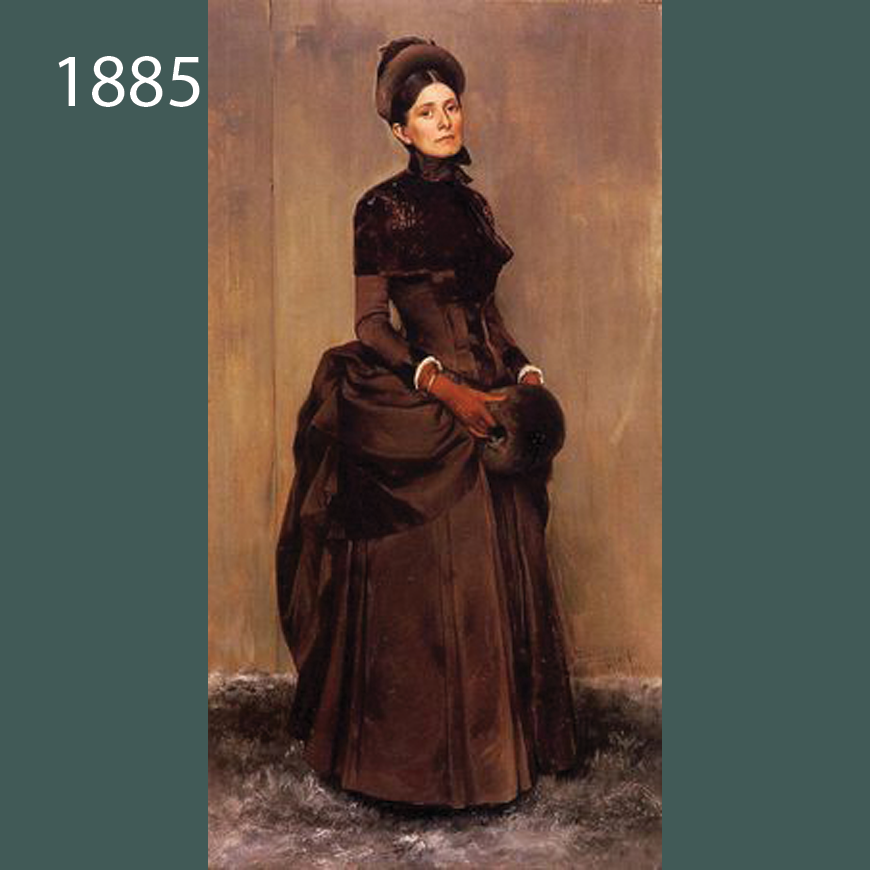
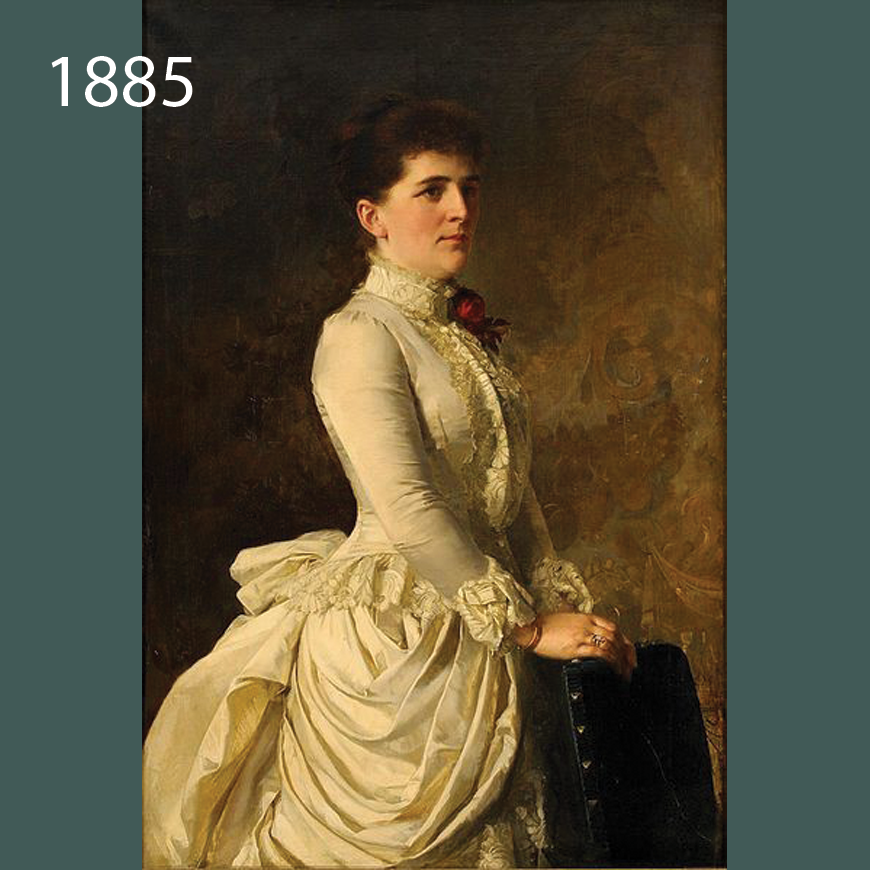
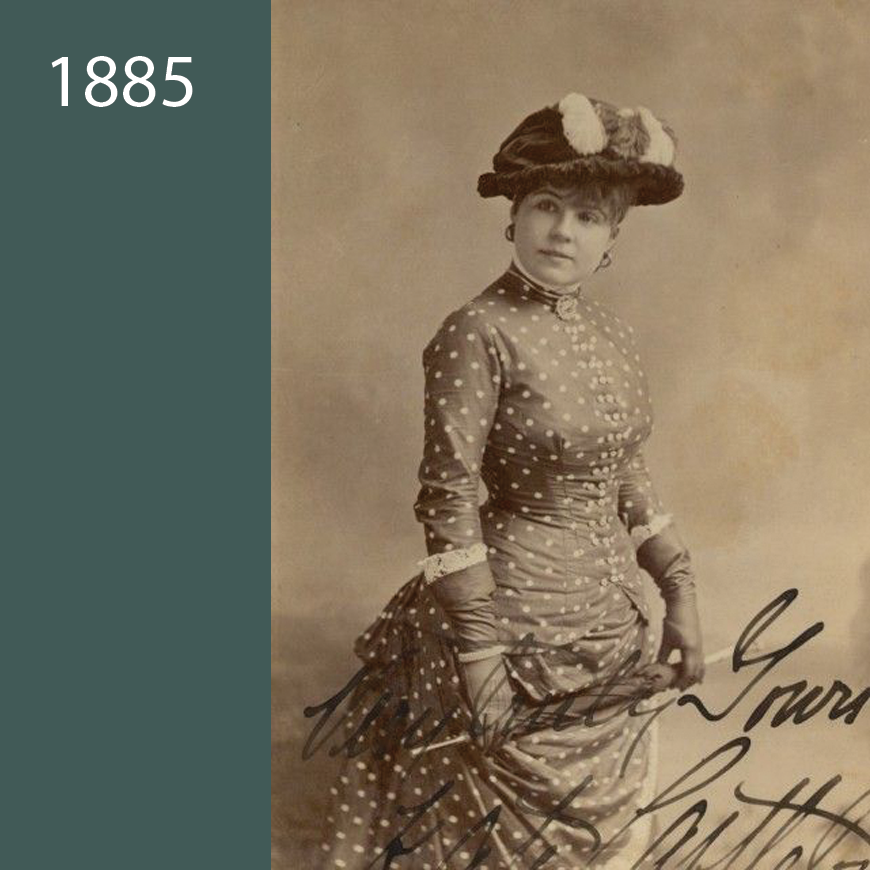
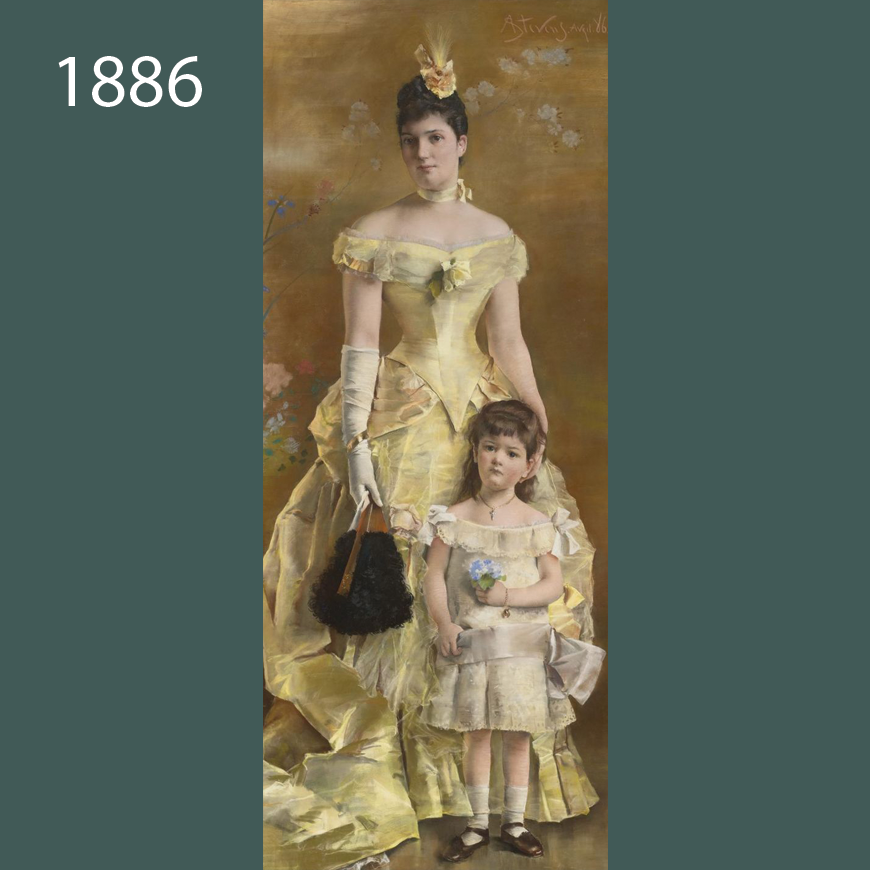
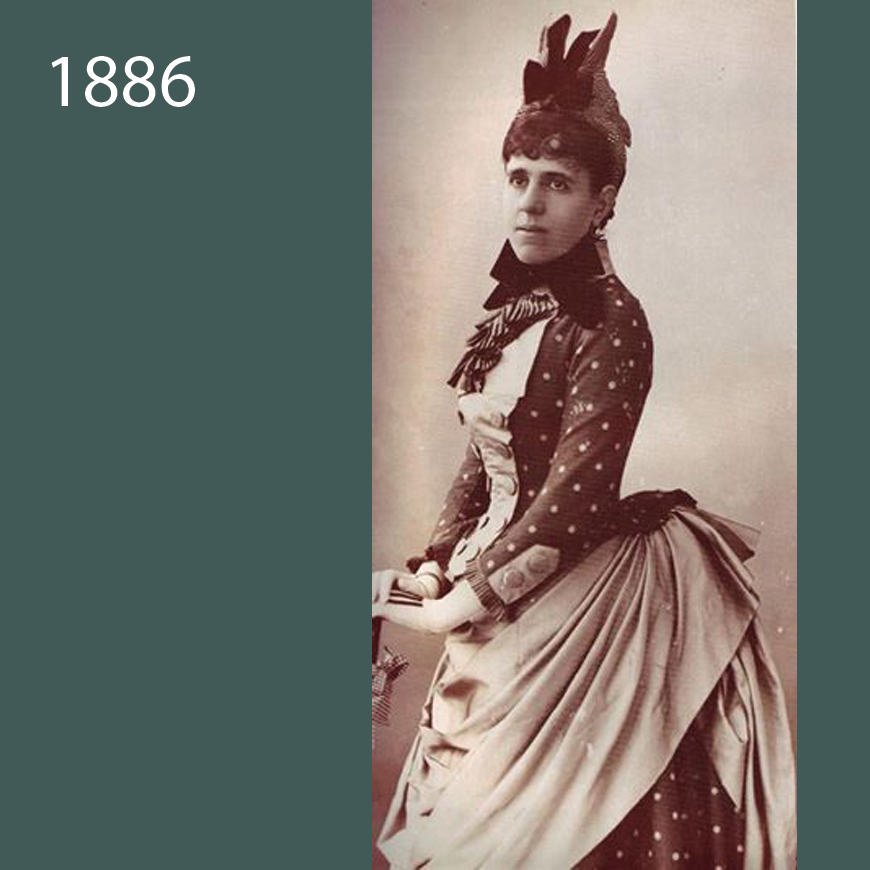
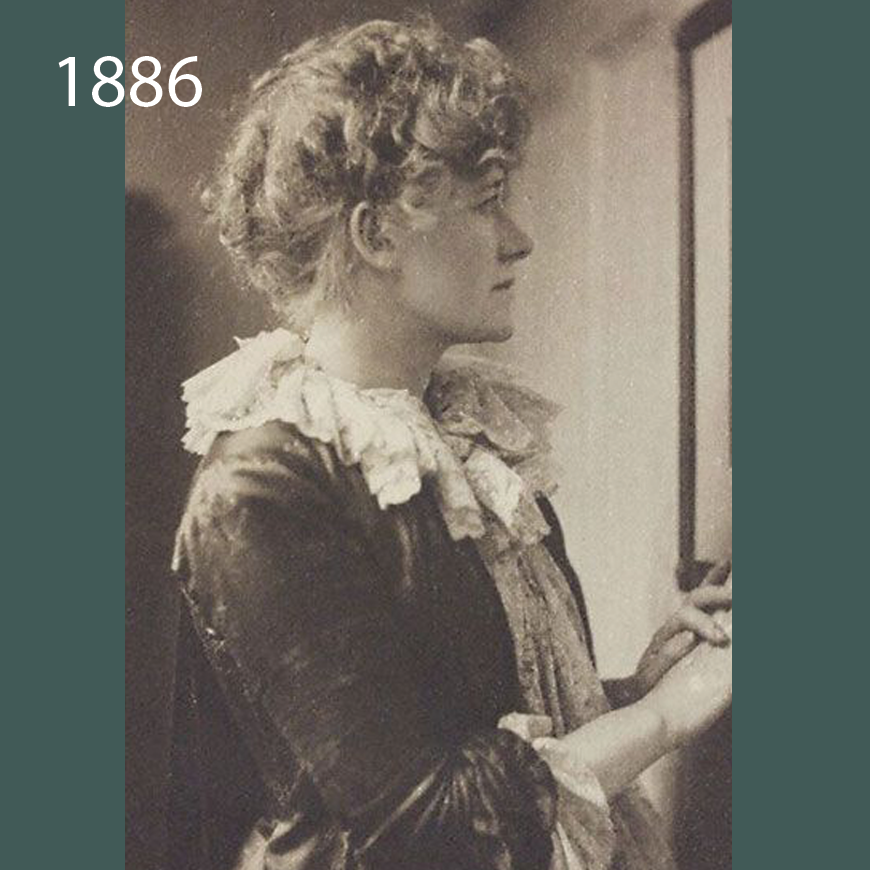
—— WORLD SITUATION ——
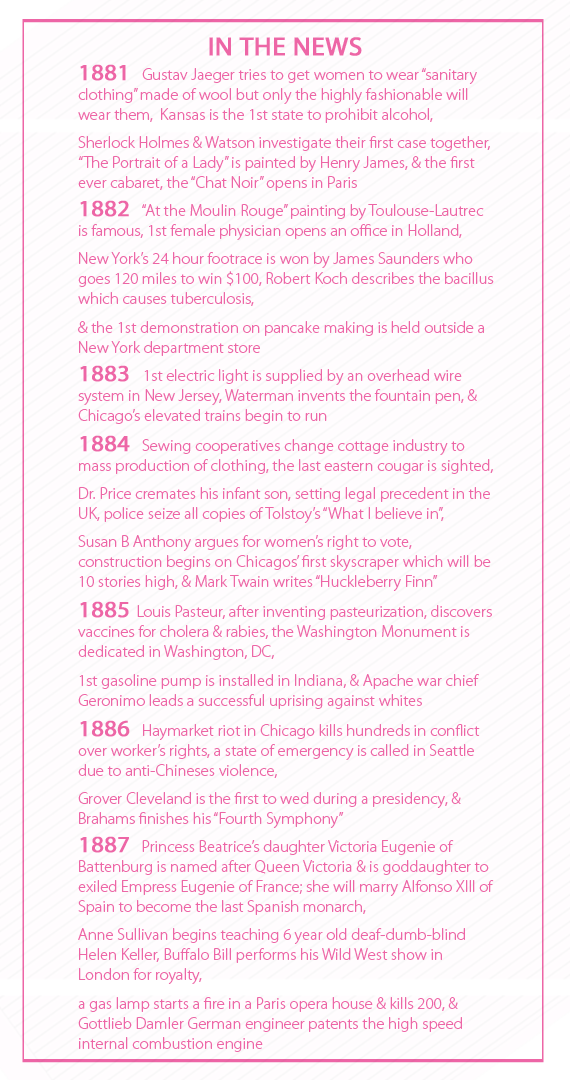
- France gave America the Statue of Liberty as a gift in 1886
- While conflict & independence over control of South American, African, & Pacific island territories continued for some, there was generally a sense of stability regarding the more powerful empires as boundaries had been established in Europe
- Communication & trade continued to increase between Europe, America, & Asia
- Countries were working on internal balance; e.g. American workers were rioting for rights, while the Netherlands were establishing policies for higher education
- Women’s rights were being openly discussed in America & England, with women attending universities to pursue professions such as medicine
- The first female medical school student graduated in Holland
- Monarchies were nearing their end of dominance, as other governmental structures were put into place
- Alfonso XIII of Spain would end the Spanish monarchy as one of the last remaining sovereigns in the world
- Gas & electricity were being installed through wires & distribution systems
- Electricity was used in manufacturing & transportation
- There were many fires & explosions around the world as gas & electricity were not quite safe yet
- The world of entertainment was evolving to include concepts & depictions of & by women, that would have been considered scandalous in previous eras
- Cottage industries changed completely to mass production except in cases of specialty production of goods & services
- Romance of the American West & adventure continued through literature & travels & investments by Europeans in American business & industry. These investments would lead to political change in America in the next century
- America’s world dominance as an innovator continued with construction of skyscrapers, elevated trains, & the fountain pen
—— INTERESTING FACTS ——
- Women were more aware of the world around them & were becoming more independent
- Individualism demanded there be many choices for lifestyle & fashion
- The first Avon Lady was a man in 1886. He was a door to door book salesman who wanted to add a perfume gift as incentive to buy
- There were 3 directions for fashion: Mass produced, “Tailor-made”, & the “Aesthetic” & “Artistic” (“Dress Reform”) movements
 —— FASHION TRENDS ——
—— FASHION TRENDS ——
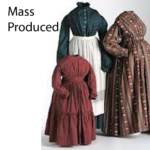 MASS PRODUCED
MASS PRODUCED
- Clothes of “regular folks” from this time forward were very much plainer than those found in fashion plates
- Even those who considered themselves fashionable or who had the money, still wore much plainer every day garments than earlier eras
- A study of history of fashion of this time means taking the “fashionable”, & simplifying it to the basic elements of line, silhouette, color, texture, & function which would have been the everyday norm for people of European or American influence
- Mass production of ready-made clothes flourished, so department stores & factories thrived, putting more women to work
- One worker might be responsible for attaching sleeves to the bodice over & over all day long, unlike prior eras when one worker would make the whole garment
- Many garment workers lugged their own sewing machines back & forth from the factory
- By 1900, piece-work was often farmed out to workers to do in their homes. The”bundle brigades” became a profession in themselves to transport finished pieces to the garment factories
- The term “sweatshop” came due to poorly lit & ventilated factories
HIGH FASHION TAILOR MADE CULT OF BEAUTY
- The “Cult of Beauty” (“Paris mainstream fashion”) which lasted until 1900 was the fashion “standard” of the day. It emphasized a return to very high hand-made quality, but dictated designs generated by professionals which varied from fashionable to practical
- English tailor-made was especially of high demand in America
- The return of tailor-made versus ready-made was largely due to the heavy marketing of couture houses such as Redfern in Paris
- Redfern’s designer at the time was an Englishman, Charles Poynter
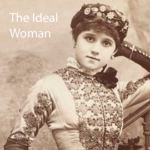 THE IDEAL WOMAN
THE IDEAL WOMAN
- The strong woman was the image of the day
- Mainstream fashion depicted the strong woman, & met her demands for intellectual & physical freedom through “Tailor Made”, “Ready Made”, & even “Aesthetic” fashion
- In the midst of this rising image of the strong, intellectual, innovative, & innate beauty, came a different type of feminine ideal
- The heroine of the day was a Dicken’s-like frail heroine who had minute hands & tiny feet
- She was quiet, calm, humble, & lived only for her man
- She didn’t have a chance
- Very quickly the full blown & powerful, outspoken, voluptuous, “Rubenesque” independent woman would knock the tiny pensive heroine off her pedestal
- The prevailing ideal of the long lean look of the 1870s & 1880’s became the ’80’s-’90’s big, strong, & curvy silhouette of the emancipated woman with the literal & figuratively broad shoulders
- There was an aggressiveness & rigidity about the new erect, square-shouldered female figure
- Her image seemed to demand freedom for women from whatever suppressed them
- The powerful image appealed to women
- In spite of the counter movements for softness, weakness, & submission, the strong woman prevailed
- The silhouette objective became the hourglass
- From a young age, women strove for the new ideal
- Girls were forced to walk with books on their heads & corks with needles sticking out around their necks to keep their necks long, their bodies strong, & posture perfect
Click here to go to the Fashion History Page with a comparison of the 1870’s and 1880’s (next)
Click here to go to the Design Development Page
Click here to go to the Main Page with the Finished Project
Click here to go to the top of this page

